Interested in how to become a level designer in video games? Due to the perfect creativity-technical prowess blend, this job is a dream for many young people.
In this ultimate guide, I’ll walk you through the steps to start your career. You will know how to get an education and build the necessary skills, network, and portfolio. Let’s dive into this guide now to kickstart your career!
Overview
Before diving into the path of becoming a level designer, let’s look at an overview of this career, including roles, tasks, and workplaces!
Who Is A Level Designer?
A level designer is a critical member of a video game development team responsible for creating and shaping the individual levels or stages within a video game.
Level designers work closely with other development team members (game developers, game designers, game artists, programmers, and writers) to ensure that their levels align with the overall vision and goals of the game.
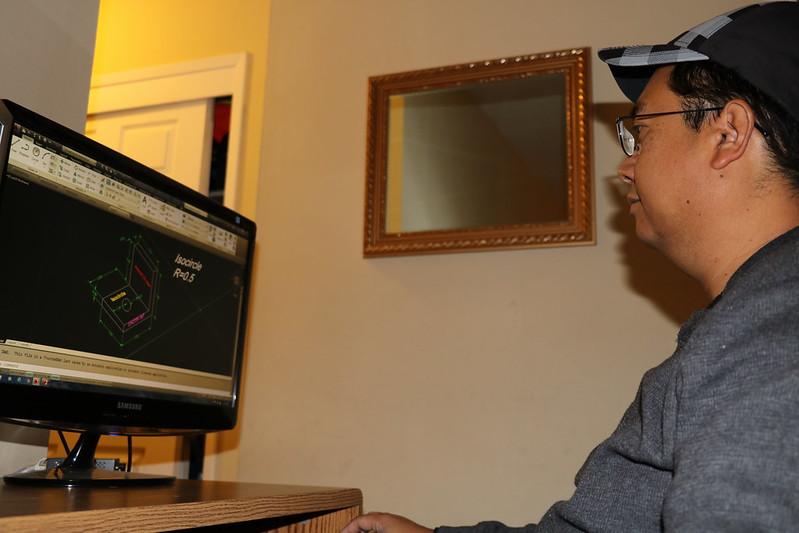
What Do Level Designers Do?
As a level designer, I create and shape the game’s levels to ensure they’re fun and exciting for players. I plan, draw, build, and test to make the game world come to life.
- Planning: I start by planning for the level, thinking about what it should be like and what the player should do.
- Sketching: I draw rough pictures of how the level will look and where things should go.
- Mapping and rendering: I turn my sketches into a digital map using tools and game engines. This map becomes the actual level in the game. I create the land, buildings, and areas where the player can go.
- Adding intricate details: To make the level interesting, I add small details like trees, rocks, and objects. I also ensure the level looks right with lighting and weather.
- Gameplay integration: I put in enemies, puzzles, and other things for the player to interact with. I make sure they fit the game and are fun to play.
- Testing and fixing: I play the level to see if everything works and fix when something doesn’t feel right.
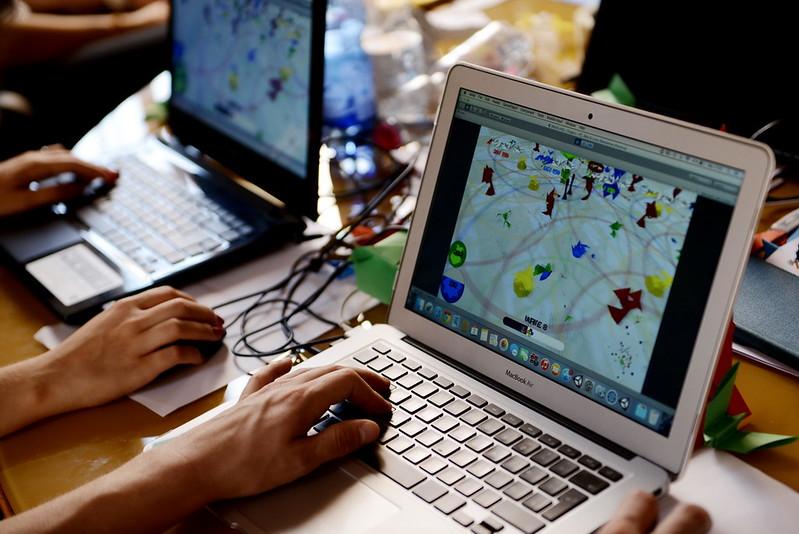
Where Do Level Designers Work?
Level designers work in different places in the video game world. Here are some common spots:
- Game studios: Many work at game companies, both big and small. They work with artists, programmers, and others to make game levels.
- Remote work: Nowadays, level designers can work from home or anywhere with an internet connection.
- Educational institutions: Others teach level design at schools or universities.
- Freelancing: Some work on their own, taking jobs from different studios or making their own games.
As you can see, level designers can work in various places, from big studios to freelancing from home. The choice depends on what you like and the project type you want to work on.
How To Become A Level Designer
I’ve divided this roadmap into seven steps to help you visualize what it takes to become a level designer, including the necessary education, skills, and certifications. I’ll also share tips for building a portfolio and finding a job!
1. Pursue A Level Designer Education

In the US, you don’t have to have a formal degree to be a level designer for video games. Yet, getting a degree in game design or something similar is a good start.
These programs teach you the basics of how games work and how to design levels. Some colleges even have special classes or degrees just for making games.
Regarding the timeframe for education, a Bachelor’s degree typically takes four years, while a Master’s degree adds another two years.
Some colleges have accelerated programs, allowing you to complete your degree faster, but these can be more intensive.
However, it’s important to note that formal education isn’t the only path. Many level designers I know break into this field through part-time positions or personal projects.
2. Hone Level Designing Skills
To be a level designer, you must invest time in learning the necessary hard skills while developing soft skills as follows:
Hard Skills
- Game engines: You should get comfortable using game-making tools like Unreal Engine and Unity. These tools help you build and optimize the levels you create.
- 3D software: Learning to use 3D modeling software like Maya is important. It lets you create and modify objects and structures in your game levels.
- CAD: CAD skills can be handy for making detailed and complex structures at your levels, especially for architectural designs.
- Design skills: Understand level design ideas like pacing, flow, and how players think. This knowledge helps you make exciting and immersive gameplay.
- Art basics: Know some basic art principles to make your levels look good and fit the game’s style.

Soft Skills
- Communication: You need to talk effectively with teammates from different areas. Good communication helps you understand the project’s needs and work well with others.
- Documentation: You should be able to write clear and short documents. These can be requests, design plans, or reports to explain your ideas.
- Feedback: Be open to giving and getting feedback. Constructive criticism helps improve your designs and makes the workplace better.
- Time management: Learn how to manage your tasks and time wisely.

3. Get Your Certification
In the world of level design, there aren’t specific certifications you must have. Yet, there are some courses and certificates that can help you get better at it:
- Unity Certified Associate: Unity, a game-making tool, offers a certification program. It proves you’re skilled at using Unity to make games, including designing levels.
- Unreal Engine Training: Unreal Engine, another popular game-making tool, also has a training course. Finishing this course shows you’re good at using Unreal Engine for level design.
- Autodesk Maya Certification: Maya is a 3D modeling and animation software. While it’s not just for level design, if you can get certified in it, it can help with making 3D stuff for your levels.
- Online Courses on Coursera, edX, or Udemy: These courses give you certificates when you finish them. They cover many things about game design, including level design.
4. Have a Deep Understanding of All Level Design Elements

Next, learn about all level design elements because they will determine the quality of your product, including:
- Gameplay rules: Start by knowing how the game works (what characters can do and their abilities). Your level should match these rules and offer challenges that fit the game’s mechanics.
- Guiding players: Think about how players will move through your level. Learn to make it easy for them to find their way using signs or special visual cues.
- Pacing: Keep the game exciting by knowing when to make it challenging and when to give players a break. Mix intense parts with calmer moments for a balanced experience.
- Storytelling: If your game has a story, create a level that fits into that story. Practice using the environment, characters, and events to tell a part of the game’s tale.
- Looks and sounds: Pay attention to how your level looks and sounds. Learn to use colors, lights, and sounds to make the level feel part of the game’s world.
- Challenges and rewards: Make sure your level has interesting challenges and give players rewards when they succeed, like new items or story bits.
5. Build An Impressive Portfolio
At this point, you should start creating a portfolio by selecting a few projects representing your best works. Focus on showing your best skills in various game styles (art and gameplay types).
Alongside your levels, explain your design process, including sketches, design notes, and how you improved your products based on feedback.
I recommend recording videos of people playing your levels to help potential employers see how your designs work.
Then, you can create a simple website or use portfolio platforms such as ArtStation to display your work online. Make sure potential employers can easily find and view your portfolio.
6. Build Relationships In The Game Industry
More than a decade of working in this industry has taught me one thing: No matter how good you are, you still need quality relationships to find jobs and collaborations.
Building relationships is about showing respect, being yourself, and being willing to help others. Trust and friendships develop naturally from there.
The best way to build these relationships is to attend game-related events/conferences. If you find local meetups featuring industry pros, joining them is a good idea.
Also, be active on social media and game forums. You should share your work, chat with fellow game enthusiasts, and connect with pros in the field.
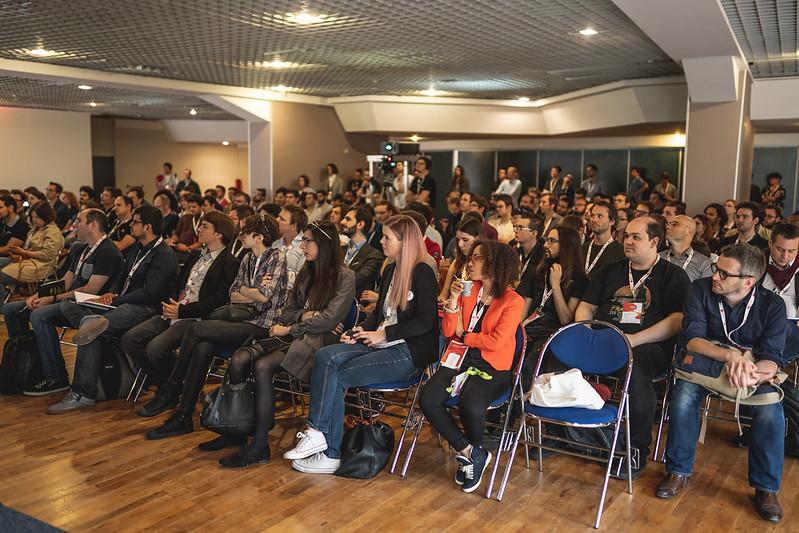
7. Search For A Job
After finishing your portfolio, research game studios (both large and small) that align with your interests and goals. Look for companies known for the type of games you want to design levels for.
Where to find those studios? You can go online to job websites like LinkedIn, Indeed, and Glassdoor. Also, check out game industry job boards like Gamasutra and GameJobs.
Besides, leverage your network. Connect with industry pros, attend game events and conferences, and reach out to mentors or contacts who might have job leads or referrals.
Don’t limit yourself! I recommend applying to several jobs to increase your chances of finding one that suits you.
After applying for jobs, be ready for interviews by practicing common questions and having examples from your portfolio to showcase your skills.
If you meet the job requirements, you will receive job offers. At this time, choose the one that you feel is most suitable and convenient for your future path.
What Tools & Software Do Level Designers Use?
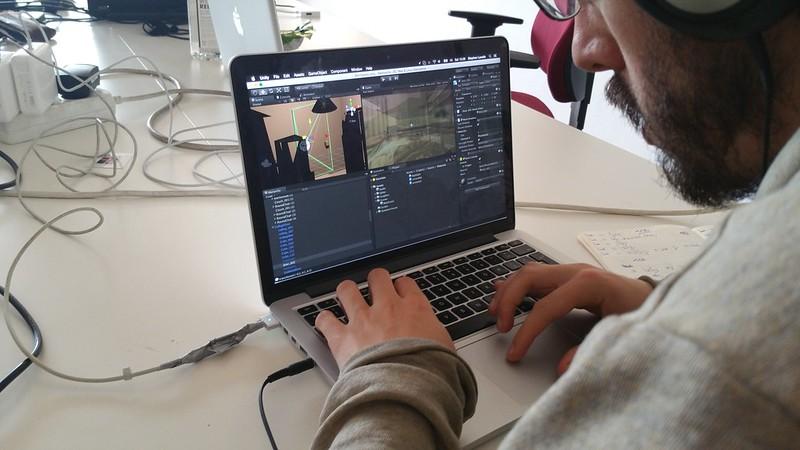
As a level designer, I use various tools and software to create game levels. These tools help me design, build, and improve the levels. Here are the key ones I use:
- Game engines: The popular options are Unity 3D and Unreal Engine. These are the foundations where I build and test the game levels.
- Office software: I use regular office programs, including Microsoft Word and Google Docs, for making spreadsheets, documents, and presentations.
- Art software: I also use Adobe Photoshop and sometimes Illustrator to make textures and visuals that make the game levels look great.
- Project management tools: These help me manage tasks, track issues, and work in teams.
These tools and software help me, as well as other level designers, bring creative ideas to life and make the game levels exciting for players.
Job Outlook and Salary
The future looks good for level designers. It’s expected that there will be more jobs in this field, with a projected 3% growth from 2018 to 2028.
This growth is because the video game and interactive entertainment field is getting bigger and needs skilled level designers.
Regarding incomes, the typical salary range in 2023 for a level designer is between $51,000 and $82,000 per year ($65,000 per year on average).
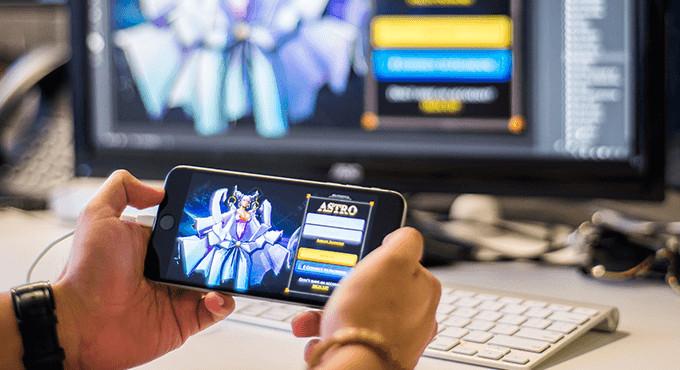
FAQs
Who Do Level Designers Teamwork With?
Level designers work closely with game devs, artists, programmers, and writers. They work as part of a multidisciplinary team to create game levels that align with the game’s overall vision.
Is Level Designing A Promising Career?
Yes, level designing is a promising career. With the continuous growth of the gaming field and the demand for engaging game experiences, there are ample opportunities for skilled level designers to build rewarding careers.
What Are The Qualities That Make A Good Level Designer?
Good level designers possess creativity, gameplay & programming knowledge, attention to detail, problem-solving skills, effective communication, adaptability, and a deep understanding of player psychology.
Do I Really Need A Degree To Be A Level Designer?
No, it’s not always a need. Many level designers I know gain experience through internships, personal projects, and a strong portfolio. Practical skills and a compelling portfolio often matter more than formal education in this field.
Conclusion
To work in level design, follow the steps above, hone your skills, and stay updated with emerging trends.
With determination, I believe you can turn your love for games into a successful career. Your journey as a level designer begins now!
